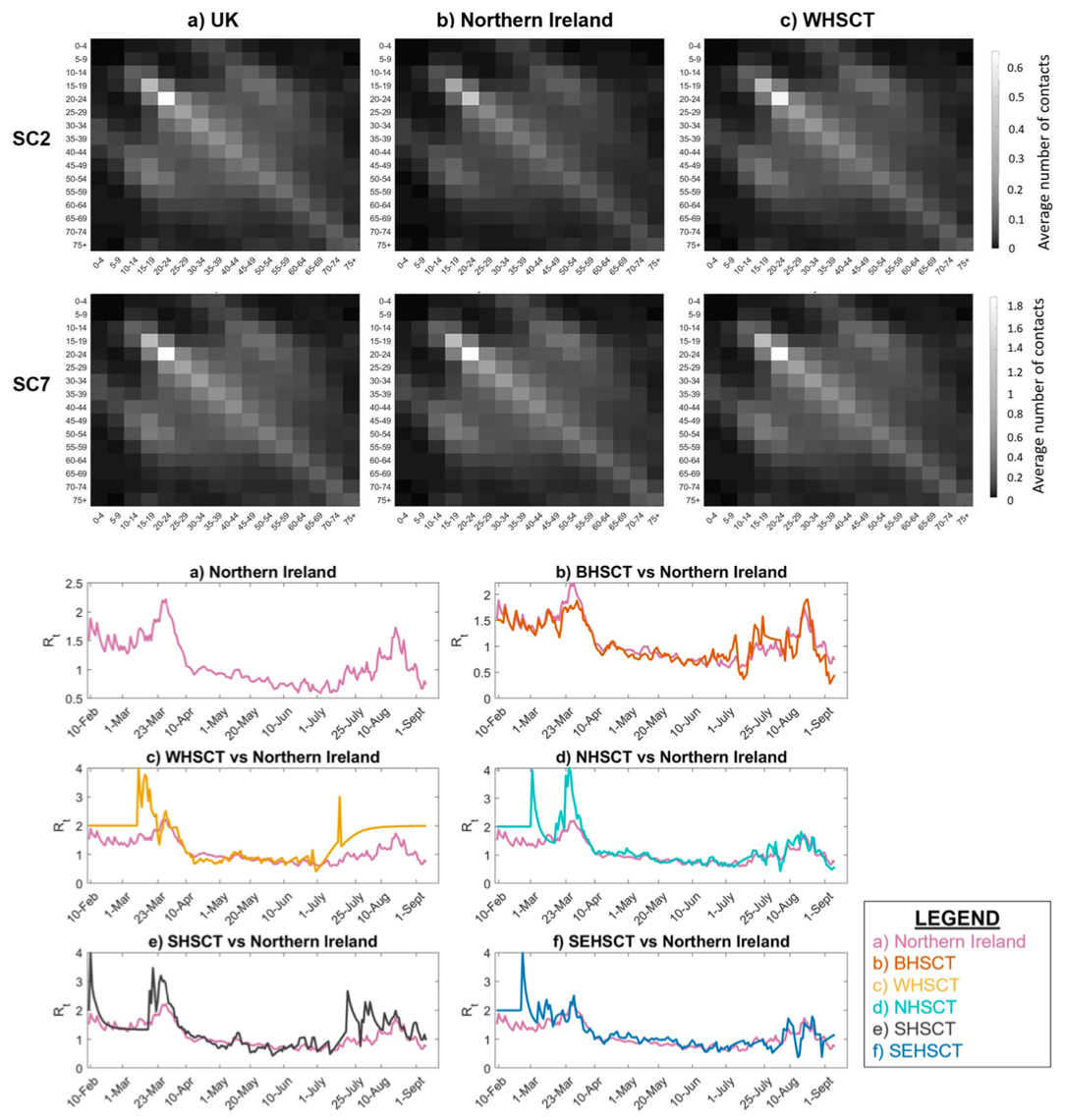Latest Article on COVID-19 in the UK Published in PeerJ
Our research on “Sensitivity analysis of the infection transmissibility in the UK during the COVID-19 pandemic” has been published in PeerJ.
Abstract: The coronavirus (COVID-19) outbreak started in December 2019 and rapidly spread around the world affecting millions of people. With the growth of infection rate, many countries adopted different policies to control the spread of the disease. The UK implemented strict rules instructing individuals to stay at home except in some special circumstances starting from 23 March 2020. Accordingly, this study focuses on sensitivity analysis of transmissibility of the infection as the effects of removing restrictions, for example by returning different occupational groups to their normal working environment and its effect on the reproduction number in the UK. For this reason, available social contact matrices are adopted for the population of UK to account for the average number of contacts. Different scenarios are then considered to analyse the variability of total contacts on the reproduction number in the UK as a whole and each of its four nations. Our data-driven retrospective analysis shows that if more than 38.5% of UK working-age population return to their normal working environment, the reproduction number in the UK is expected to be higher than 1. However, analysis of each nation, separately, shows that local reproduction number in each nation may be different and requires more adequate analysis. Accordingly, we believe that using statistical methods and historical data can provide good estimation of local transmissibility and reproduction number in any region. As a consequence of this analysis, efforts to reduce the restrictions should be implemented locally via different control policies. It is important that these policies consider the social contacts, population density, and the occupational groups that are specific to each region.
The paper can be downloaded here.


Comments